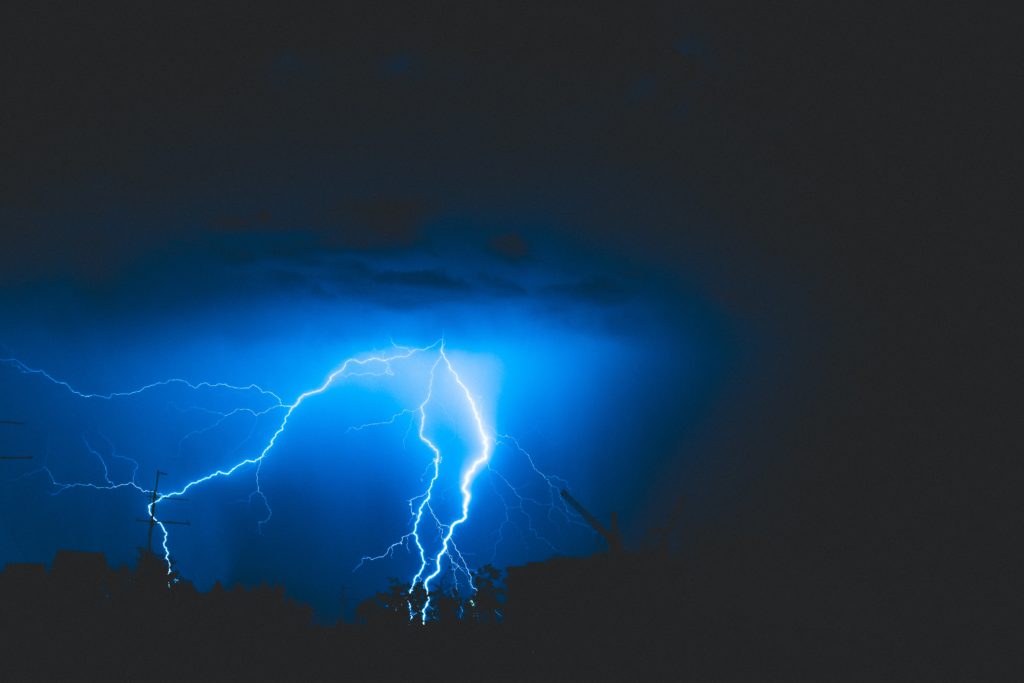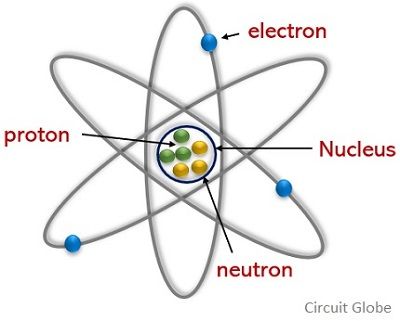⚡ What Exactly is Electricity?
What is electricity? How can we understand it and control it to do what we want? Where do we start?

Photo by Anthony Indraus on Unsplash
Can you see it?
Yes, in a way. We’ve all seen lightning storms before and the lightning bolts that come along with one are definitely electrical discharges. If you’re not careful and short-circuit some power sources, like a wall outlet or a car battery, you get sparks. And if you watch very closely in a dark room, you can see a little blue flash when a big charge of static electricity jumps from your hand to the door knob.
Can you feel it?
I think we answered that question a second ago—static can really hurt! You really don’t want to get shocked by electricity as it’s not safe. Higher amounts of electrical current hurt even more.
Can you hear it?
You can even hear a really bad static discharge! The incessant buzzing you hear in electrical appliances is called “mains hum”.
But…can you smell it?
YES! In the instances where you can see or hear electricity (as with lightning) you’ll notice a distinct chlorine-like smell. This is from the ozone gas byproduct due to the surrounding air molecules becoming charged.

Photo by Alex Dukhanov on Unsplash
But what’s really happening here? What makes those flashes, sparks and tingling sensations?
All of these events result from an excess of electric charge, moving from an area with a high concentration of electric charge to an area with a lower concentration of that type of charge.
Electric charge is a collection of excess negative subatomic particles called electrons.
When excess charges accumulate on an object and cannot immediately flow to an area with a balancing opposite positive charge, this results in static electricity. We call it “static” because it isn’t moving—until it does, all at once.

Photo by Circuit Globe
When static electricity builds up enough that it can jump to another object to balance itself, we get a spark or a flash of electricity. You touching the doorknob makes only a very small (but often still visible) flash; lightning jumping from ground to cloud or cloud to cloud is a huge flash, seen from miles away. Yes—that is a LOT of static electricity being discharged very quickly, which is why lightning is so dangerous.
Electrons are one of three types of subatomic particles that make up atoms. The other two, neutrons and protons, are bound tightly together and make up the nucleus of the atom. Electrons spin freely around the nucleus of an atom in orbits relatively far away from the pull of the nucleus, so you can strip them away from the atom pretty easily. This is why electrical currents are made up of electrons in motion, not protons.
There is something to understand about how the flow of electricity is described and illustrated. While it is true that actual electric current is made of negatively charged electrons flowing from an area with high negative electric charge towards an area with high positive charge, almost all of the engineering descriptions and illustrations of electric current show the exact opposite. In the industry, current is shown flowing in the other direction, from positive to negative.
The reason for this is complicated and buried in history. But you should know that we will be following the engineering convention of showing electricity as flowing from positive to negative.
